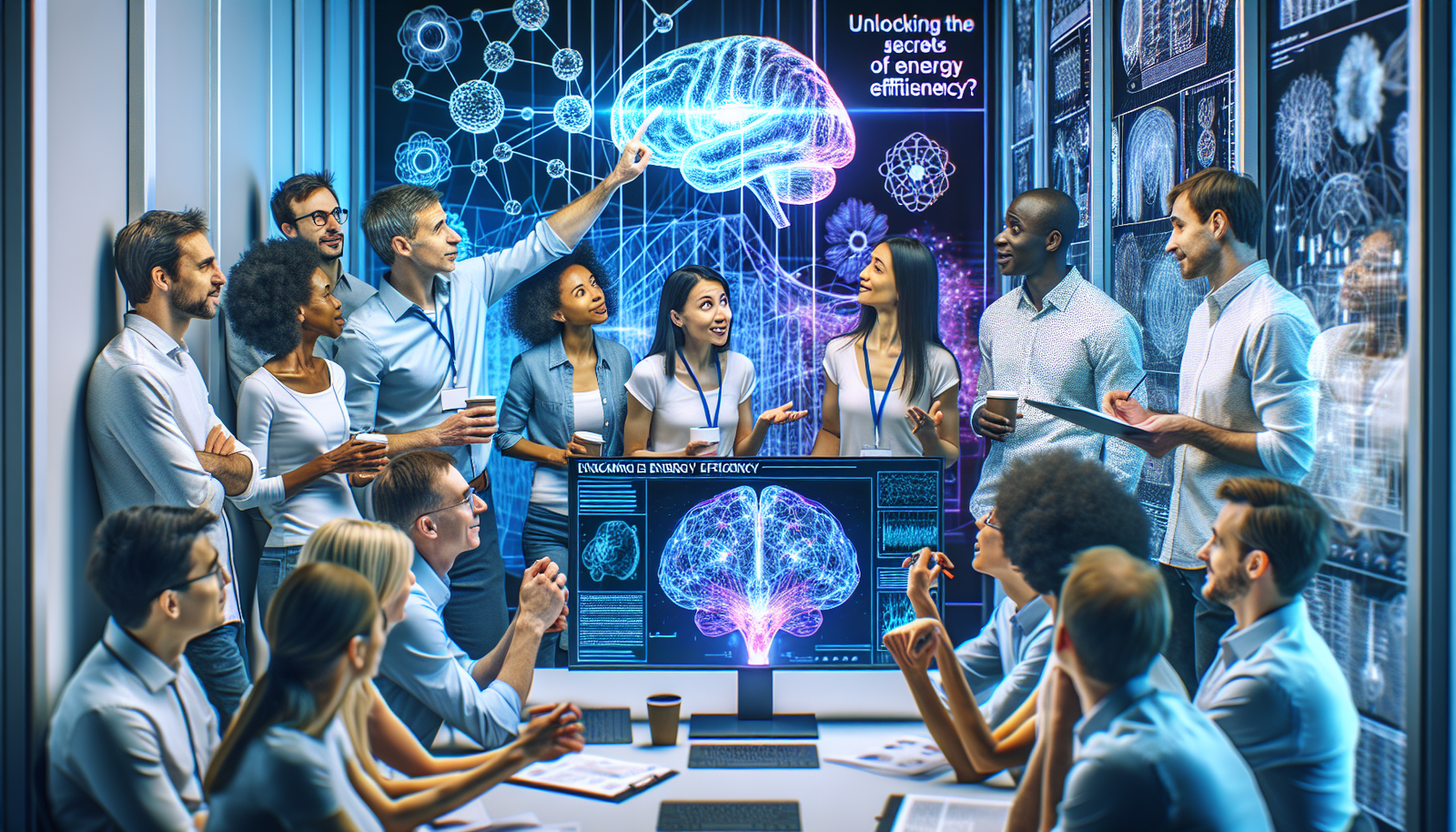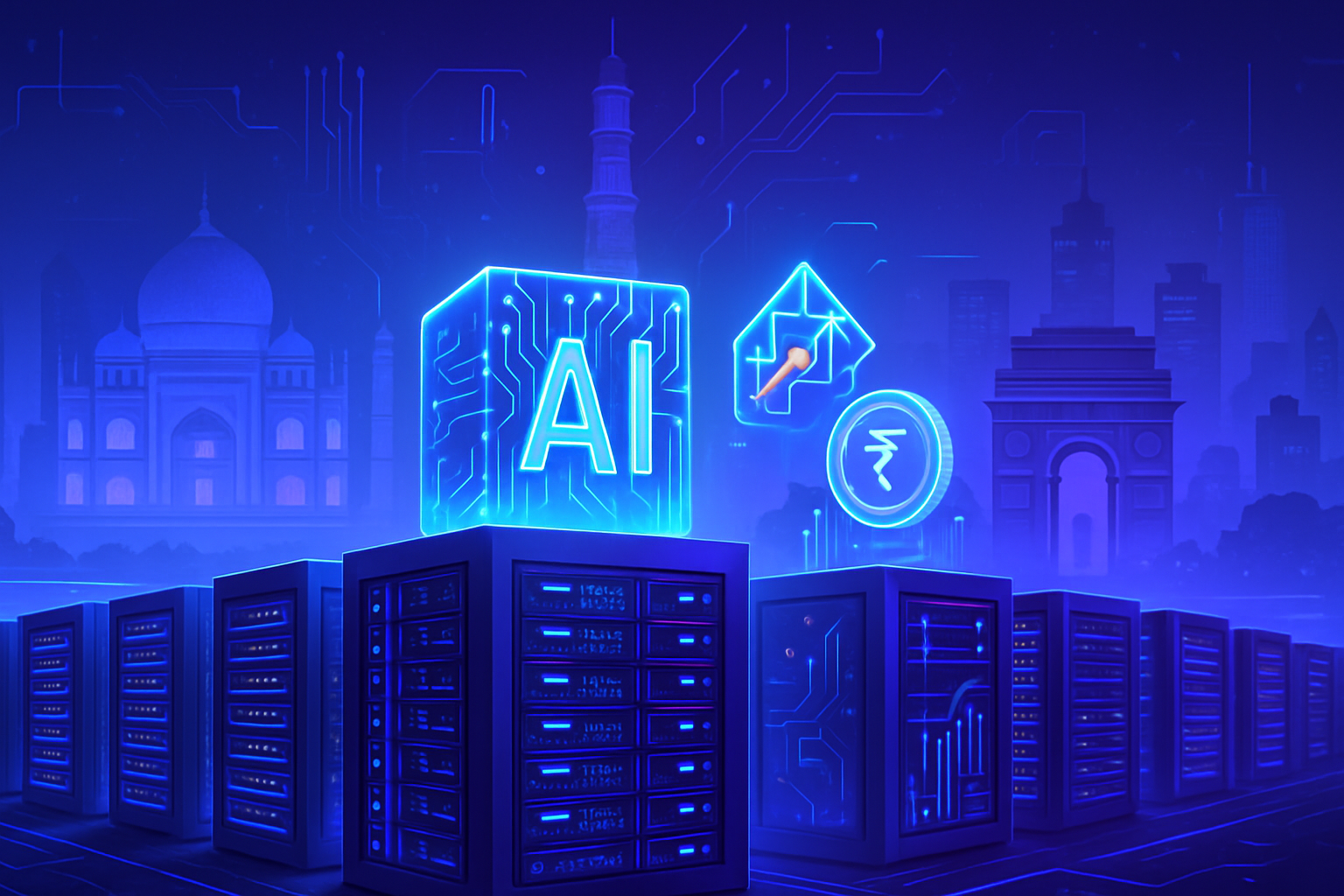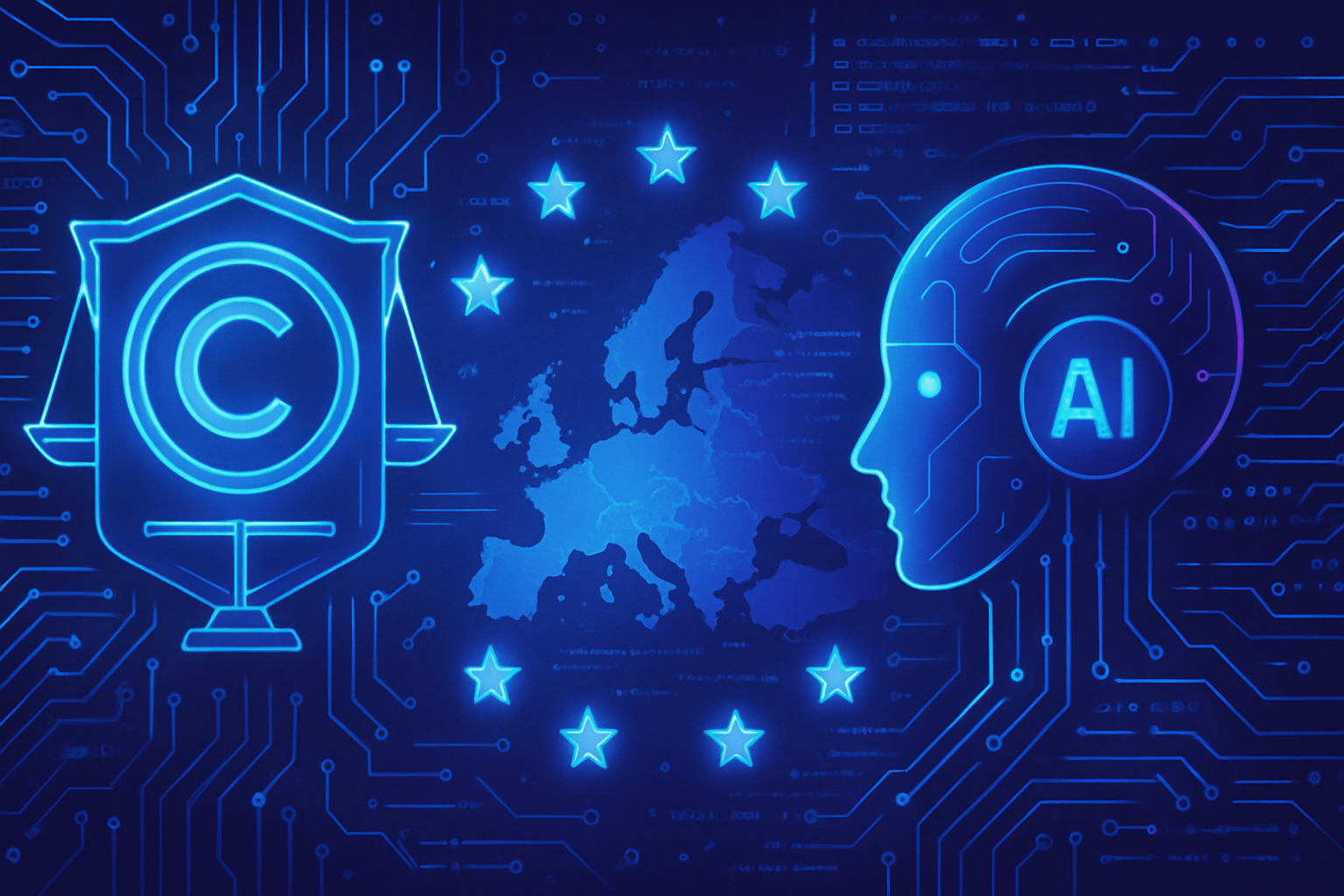*Optimizing the energy efficiency of neural networks* is becoming a pressing issue in the digital age. In the face of escalating energy needs, researchers are questioning how these systems can mimic the adaptive complexity of the biological brain. Advances in artificial intelligence must not only aim for increased performance but also ensure a significant reduction in energy consumption. Through innovative approaches, these scientists are striving to make AI more environmentally viable by extracting principles of energy efficiency from neuronal functioning.
The stakes of energy efficiency in artificial intelligence
The question of energy efficiency of neural networks is becoming increasingly urgent, particularly with the rise of artificial intelligence (AI) and deep learning. Researchers observe that the rapid expansion of these technologies requires considerable computing resources and consequently high energy consumption. At the same time, the need to reduce the carbon footprint of AI leads scientists to examine the learning mechanisms employed by the human brain.
The learning strategies of neural networks
Many works are oriented towards imitating the learning processes of biological brains. The latter is distinguished by a streamlined use of resources, allowing it to learn effectively with a limited amount of energy. The implementation of the curriculum learning model proves promising. This approach establishes a progression of exercises, allowing machines to start with simple examples before confronting more complex tasks.
The limits of the traditional approach
However, recent research indicates that this strategy does not necessarily benefit over-parameterized neural networks. These networks, endowed with a multitude of parameters, seem to exploit the “resources” offered rather than following a structured learning curriculum. A study published in the Journal of Statistical Mechanics showed that, in these networks, connections are formed based on the abundance of parameters rather than the quality of the presented data.
A new perspective on learning
Experimental results suggest that by starting with smaller networks, the impact of curriculum learning becomes tangible. By adjusting the initial size of the network, researchers could promote structured learning and reduce energy consumption. Researchers, like Luca Saglietti from Bocconi University, assert that this approach could reduce the energy needs of AI while maintaining performance. This would pave the way for increased energy efficiency in training AI models.
Future applications and implications
The widespread adoption of these techniques could transform the landscape of artificial intelligence. With the increased usage of models, such as those used by ChatGPT and other AI systems, the implications for energy consumption become significant. Solutions based on more efficient neural networks could contribute to a substantial reduction in energy costs and greenhouse gas emissions.
The field of artificial intelligence must evolve towards a more sustainable approach. Recent innovations in analog networks and deep learning algorithms align with this trend. By developing less energy-intensive infrastructures, the scientific community also hopes to maximize the positive impact of AI across various sectors, from health to the environment.
Reflections on the future of neural networks
The inherent challenges of managing energy in artificial intelligence will be crucial for the future. As application windows broaden, the need for sustainable and efficient approaches becomes evident. Greater understanding of neuromodulatory learning mechanisms could potentially offer solutions. A convergence between neuroscience and artificial intelligence will undoubtedly facilitate significant advances in creating robust and energy-efficient models.
Frequently asked questions about the energy efficiency of neural networks
What is the primary goal of research on the energy efficiency of neural networks?
The research aims to develop neural networks that consume less energy while maintaining performance comparable to that of the human brain.
How do researchers compare neural networks to biological brains?
Researchers study the learning mechanisms of the brain to imitate their efficiency in neural networks, adopting more optimized training methods.
What is curriculum learning and how is it used in this research?
Curriculum learning is a method that involves training a neural network by presenting it with increasingly difficult examples, which can improve the efficiency of learning.
Why are over-parameterized neural networks considered inefficient?
Even though these networks have many parameters, they may learn less effectively than smaller networks due to their tendency to focus on quantity rather than quality of learning data.
What role does the initial size of networks play in learning?
The initial size of the network influences its ability to learn effectively; smaller networks may benefit from better “curriculum learning,” while larger networks may rely on their many parameters.
How can advances in energy efficiency of neural networks impact the AI industry?
Improving the energy efficiency of neural networks could reduce the training costs for AI models and minimize the environmental impact associated with their use.
Have researchers found concrete methods to reduce energy consumption in neural networks?
Yes, by adjusting network sizes and adopting more efficient learning strategies, researchers are considering reducing energy consumption while maintaining high performance.
Why is it important to imitate the workings of the human brain in the development of neural networks?
Imitating the workings of the human brain allows for the exploitation of more effective learning mechanisms, leading to AI systems that are more effective and resource-efficient.
What challenges do researchers face in seeking to make neural networks more efficient?
The main challenges include the need to process large volumes of data while maintaining low energy consumption and working on network architectures that optimize these properties.






